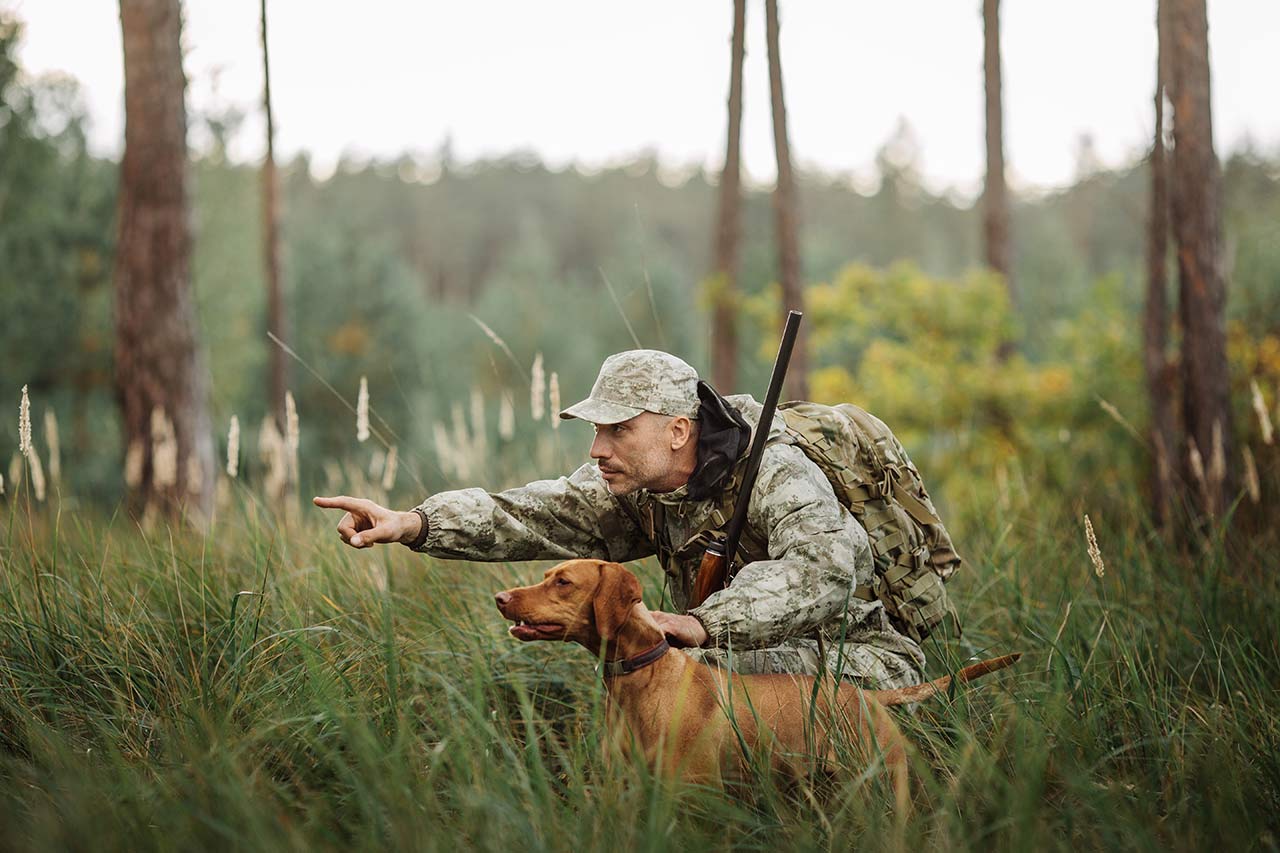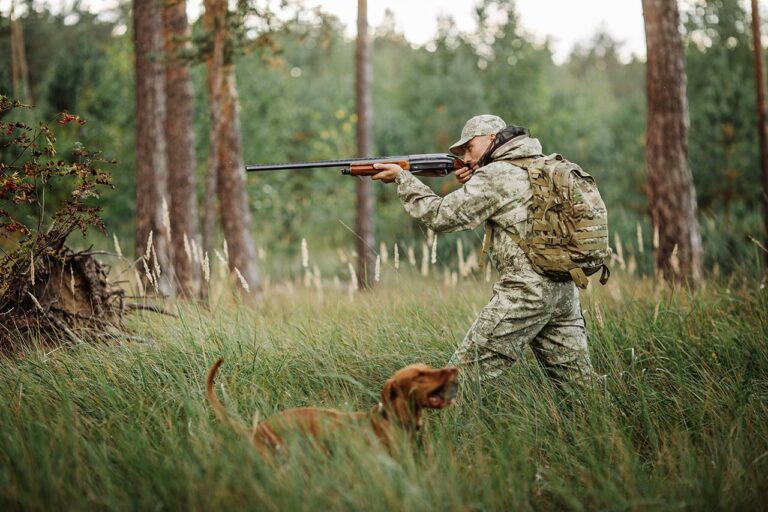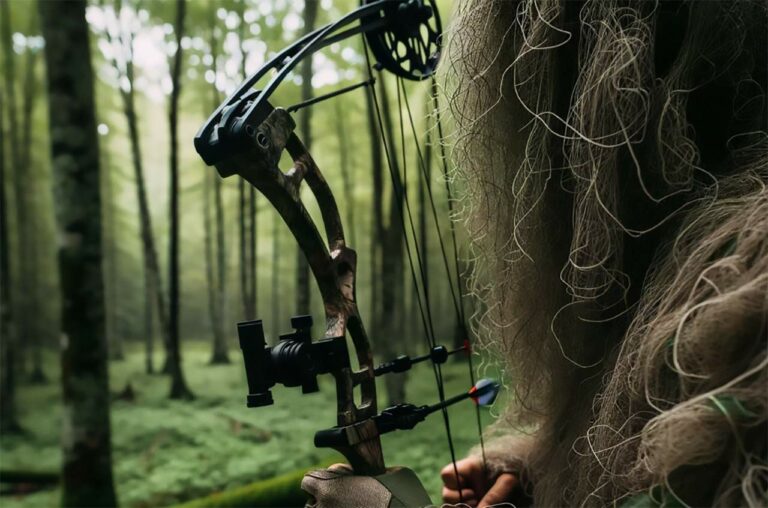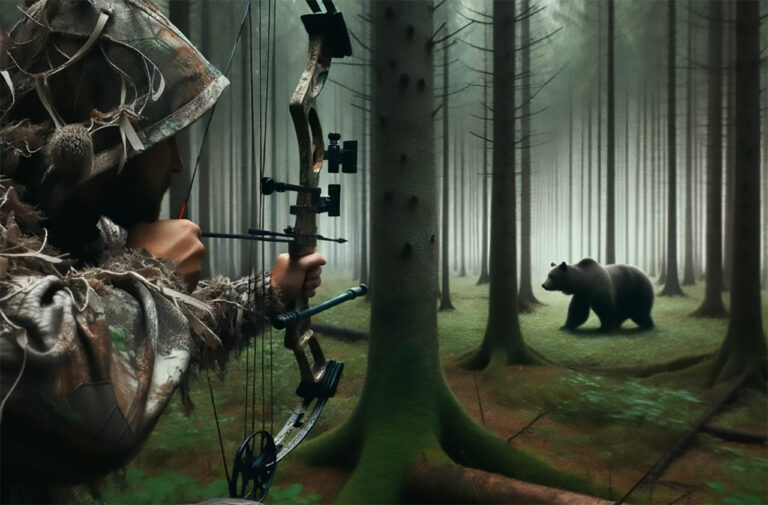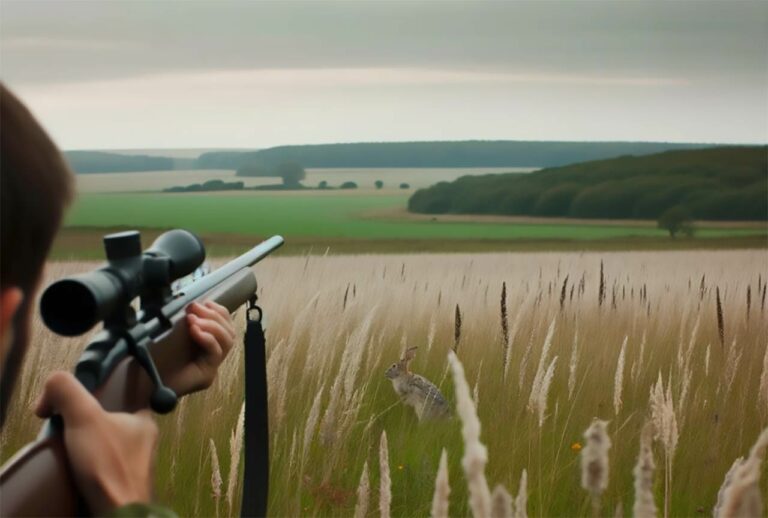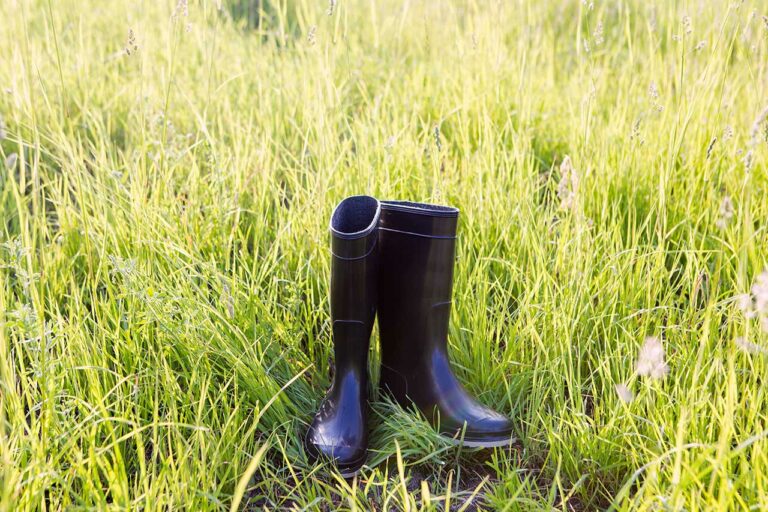Squirrel Hunting Tips For Beginners (Techniques And Strategies)
When delving into the realm of survival skills, squirrel hunting can be an excellent craft to master. In the unpredictable wilderness, these small creatures can be a crucial source of sustenance. While diminutive and plentiful, squirrels are also nimble and elusive, providing a test of your tracking and hunting prowess.
So, let’s get into the vital techniques of squirrel hunting, a fundamental skill in any survivalist’s arsenal.
Equipment for Squirrel Hunting
Choosing the Right Weapon
When it comes to squirrel hunting, the right weapon can make all the difference. There are several great options you can choose from that will get the job done efficiently and effectively:
.22 Caliber Rifle
This is a popular choice for beginners because it’s lightweight, accurate, and has minimal recoil. A .22 rifle offers precision shooting and is perfect for headshots to ensure a clean kill.
.410 Shotgun
A shotgun is another solid option for squirrel hunting, particularly if you’re not as confident in your aim. The .410 shotgun has less power than other shotguns, making it suitable for small game, like squirrels.
Air Rifle
Using an air rifle is an excellent option for those who prefer a quieter weapon. Air rifles typically use pellets instead of bullets, which can be just as effective for squirrel hunting.
Selecting Binoculars and Optics
Having a good pair of binoculars on hand can make spotting squirrels in the trees much easier. Choose binoculars with a magnification of around 8x or 10x to make sure you can clearly see your target. Look for binocs with wider fields of view to help you scan the area more easily.
Along with binoculars, consider investing in a quality scope for your rifle. A clear and bright scope will help you spot squirrels from a distance and improve your shot accuracy.
Choosing the Right Ammo
The type of ammo you use for squirrel huntings depends on the weapon you’ve chosen. Here are some recommendations based on gun type”
For .22 Caliber Rifles
Stick with .22 bullets specifically designed for small game. Hollow-point bullets are a good choice because they expand upon impact, increasing the chance of a humane kill.
For .410 Shotguns
Use small birdshot, like #6 shot, which is effective for squirrels without causing excessive damage to the meat or fur.
For Air Rifles
Choose high-quality pellets that are compatible with your air rifle’s caliber. Domed pellets are ideal for accurate shooting at squirrels.
Having the appropriate ammo is essential in ensuring clean, ethical kills and making the most out of your squirrel hunting experience.
Preparation for the Hunt
Scouting the Area
Before you head out for your first squirrel hunt, it’s important to scout the area and identify potential hunting spots. Look for woods that have a diverse selection of trees, especially those that produce nuts like oaks and hickories. Squirrels prefer white oak acorns, but they’ll eat hickory nuts and black walnuts.
Pay attention to field edges and ridges when scouting, as these areas tend to have plenty of squirrel activity. When you find nut husks atop stumps and logs, you’re most likely in squirrel country. It’s a good idea to spend some time observing and tracking squirrels to get a better understanding of their behavior and movement patterns in the area.
Understanding the Weather
Weather significantly influences squirrel behavior. In colder months, squirrels are typically most active in the mid-morning and late afternoon, as they wait for the sun to warm things up before they venture out.
On warmer days, particularly in the heat of summer, squirrels often have a burst of activity in the cooler early morning, but retreat to their nests during the hottest parts of the day, only to emerge again during the cooler late afternoon or early evening.
Keep in mind squirrels are less likely to be out and about during heavy rain or extremely windy conditions, so make sure to check the weather before heading out to hunt.
Learning Hunting Regulations
Before setting out on your squirrel hunt, take the time to learn about your local hunting regulations. This includes obtaining the appropriate license, learning about the squirrel hunting season and bag limits, and understanding any specific legal requirements or restrictions for hunting squirrels in your area. This information is typically available through your state’s natural resources or wildlife agency.
Finding Hunting Opportunities
Squirrel hunting opportunities can vary depending on where you live or hunt in the U.S. Most states often generous bag limits and long seasons for squirrels, making squirrels an accessible quarry for beginner hunters. Just be aware that squirrel hunting opportunities may overlap with other popular hunting seasons such as deer season. In these cases, it’s essential to stay vigilant and practice proper safety measures while hunting.
Hunting Techniques
Spotting and Stalking Squirrels
To begin your squirrel hunting experience, you should first look for signs of squirrel activity, such as nests, chewed nutshells, or chattering sounds. Once you’ve identified possible squirrel habitat, it’s time to practice your stealth and movement techniques. Move slowly and quietly through the woods, paying close attention to the ground, trees, and any rustling leaves. Squirrels can be easily spooked, so make sure to stay concealed and use the terrain to your advantage. Utilize the spot-and-stalk technique, where you observe squirrels from a distance, then carefully stalk closer for a better shot.
Using Calls
Squirrel calls can be an effective way to attract squirrels to your location. There are several types of calls available, including bark, chatter, and distress calls. To use a squirrel call, you’ll want to:
- Test the call. Try a few different types of calls to see which ones work best for you and the squirrels in your area.
- Learn the timing. Squirrels are most active during the morning and late afternoon, so use your calls at these times for the best results.
- Pay attention to your surroundings. Squirrels may approach from any direction, so watch for movement and be ready to react quickly.
- Be patient. It might take some time for squirrels to respond to your calls, so relax and don’t be discouraged if they don’t come right away.
Hunting with a Dog
If you’re interested in using a furry partner for your squirrel hunting endeavors, you might consider a squirrel dog. Squirrel dogs, such as Mountain Cur or Treeing Feist breeds, have natural instincts for treeing squirrels and can significantly improve your hunting success. To effectively hunt with a dog, you’ll want to:
- Train your dog: Training should begin at a young age to help the dog develop scenting, tracking, and treeing abilities. Work with your dog daily to build trust and reinforce training.
- Stay close: Keep within sight of your dog, as squirrels may try to make a quick escape when they feel threatened. Your dog may also need your assistance to flush out the squirrel.
- Watch for cues: Pay attention to your dog’s body language and vocal cues, as they may indicate the presence of a squirrel or the need for your help.
- Coordinate with your dog: Develop a good handler-to-dog communication system to ensure you’re both on the same page during the hunt.
Squirrel Hunting for Beginners
Improving Shooting Skills
No matter how far along you are in your hunting prowess, your shooting skills are crucial for a successful squirrel hunt. As a beginner, it all starts with familiarizing yourself with the equipment you’ll be using. Get comfortable holding, loading, and shooting your firearm or bow. Practice shooting at different distances and angles to improve your accuracy. Consider using targets that resemble squirrels for a more realistic experience. Challenge yourself by practicing in various weather conditions to better prepare for real-life hunting scenarios.
Practicing Patience
Squirrel hunting requires a significant amount of patience. It’s essential to remain still and quiet while waiting for your target. This means sitting or standing in your chosen spot, focusing on your surroundings, and resisting the urge to move or make noise. Remember, squirrels are quick and alert animals, so any unnecessary movement or sound can scare them away.
Practice still-hunting – a technique where you move slowly and stay alert for squirrel activity. This method helps you master the art of patience while honing your stalking skills.
Utilizing Dawn and Dusk
Squirrels are most active during dawn and dusk, which is when they search for food. Plan your hunting expeditions around these times to maximize your chances of spotting squirrels. As the sun rises and sets, the heightened activity among squirrels makes it easier for beginners to practice their shooting skills and hone their patience.
Locating and Attracting Squirrels
Foraging Patterns
Squirrels are active foragers, particularly during the early mornings and late afternoons. Pay attention to their patterns of movement, especially on the ground. Take your time to observe the area – walk about 10 to 12 steps, stop, and listen. You’re likely to spot them rustling through the leaves or hear them chattering.
Spotting Nests
You can often find squirrels near their nests, which are usually situated in tree cavities or leafy structures called dreys. They tend to construct their dreys in trees like oaks, hickories, and pines. Keep an eye out for dreys, especially in the treetops, as they could be indicators of squirrel presence in the area.
Water Sources
Just like any other animal, squirrels need water to survive. Locate nearby water sources, such as creeks or small ponds, as these can be prime spots to find squirrels. They’re likely to stop by these sources regularly, so staying nearby could increase your chances of spotting them.
Food Sources
Squirrels love nuts and seeds, which means they’re attracted to trees that produce them. Some of their favorite food sources include oak, hickory, and pine. Seek out the following:
- Oak Trees: Look for acorns on the ground or in the trees, as squirrels love to munch on them. White oak acorns, in particular, are a favorite.
- Hickory Trees: Hickory nuts are another squirrel food staple. Keep an eye out for hickory nut husks on the ground or in trees.
- Pine Trees: Pine cones are rich in seeds that appeal to squirrels. Look for pine cone debris on the ground, which can be a sign that squirrels are nearby.
Frequently Asked Questions
What time of day is best for squirrel hunting?
The best time of day for squirrel hunting is during the early morning or late afternoon, as these are the times when squirrels are most active. They tend to feed and forage during these hours, so it’s a good idea to get out there and set up your hunting spot before they start moving around.
Do I need a license to hunt squirrels?
Licensing requirements for squirrel hunting vary by location. In most states, you will need a valid hunting license to legally hunt squirrels, and this may also involve specific small game permits or stamps. Make sure to check your local hunting regulations before heading out into the field.
Where should I aim when hunting squirrels?
When hunting squirrels, shot placement is crucial. Since they’re small targets, you’ll want to aim for their vital areas to ensure a quick, humane kill. The most effective shot placement is the head, as this will minimize the risk of them escaping or suffering. If a headshot is not possible, aim for the heart and lung area, which is located just behind the front leg on either side of the squirrel’s chest. Regardless of placement, make sure you are confident in your shot before pulling the trigger.
Should I wear camouflage for squirrel hunting?
While not absolutely necessary, wearing camouflage can help increase your chances of success when squirrel hunting. Squirrels have good eyesight and can easily detect movement, so blending in with your surroundings can help you remain unnoticed. Combining camouflage with slow, deliberate movements will enhance your ability to get close to your quarry without alerting them to your presence.

